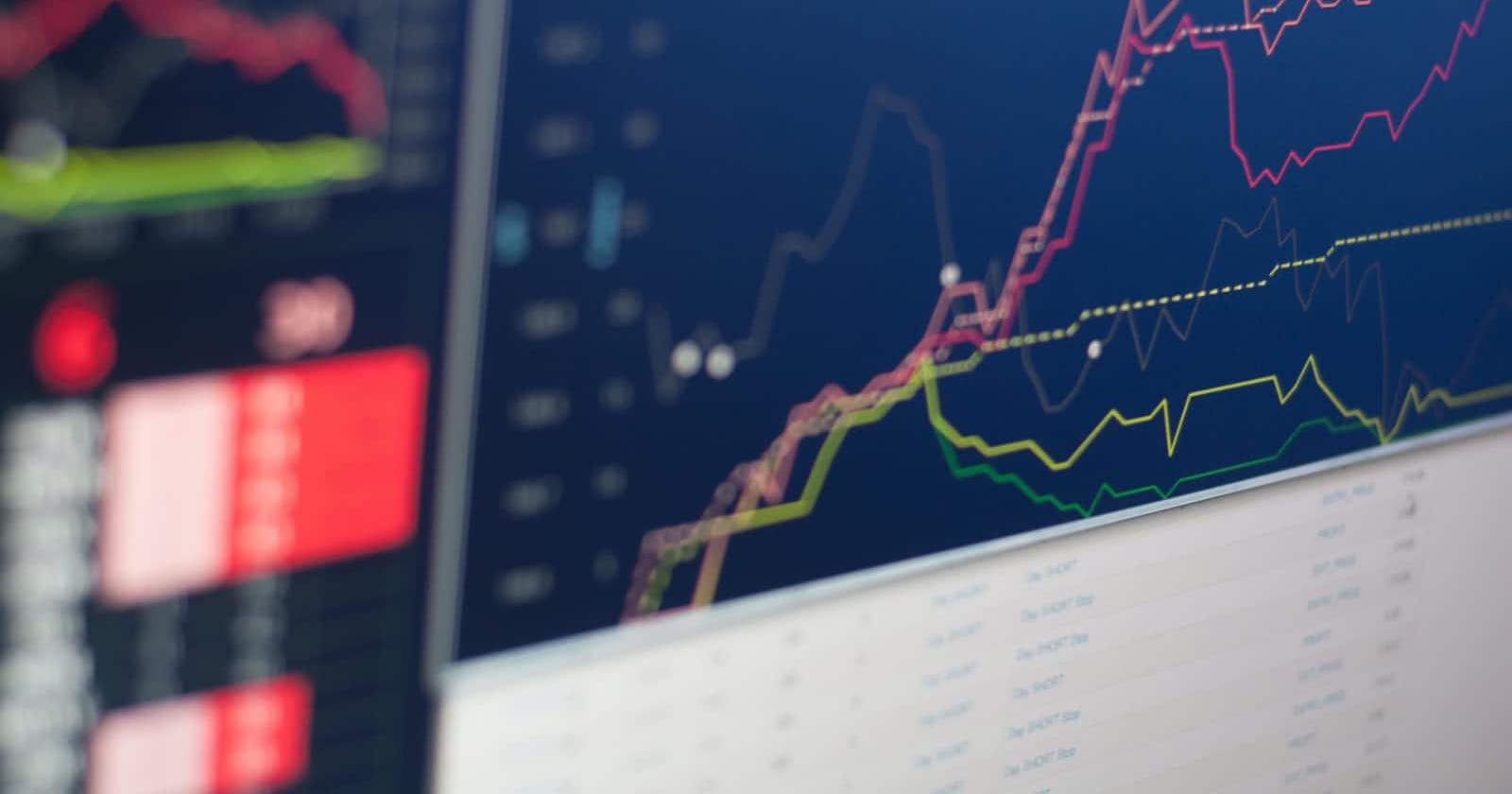
Photo by Nicholas Cappello on Unsplash
Enhancing Stock Technical Analysis with Machine Learning in Python
Introduction
Stock technical analysis is a critical component of the investment decision-making process. Traditionally, analysts rely on historical price charts and technical indicators to predict future stock price movements. However, with the advancement of technology, we can enhance this process by incorporating machine learning techniques into our analysis. In this article, we will explore how to use Python and machine learning to improve stock technical analysis.
1. Data Collection
The first step in this journey is to gather historical stock price data. Python offers several libraries and APIs for this purpose. One popular choice is the yfinance library, which allows you to fetch historical stock data from Yahoo Finance. For example:
import yfinance as yf
ticker = "AAPL"
data = yf.download(ticker, start="2020-01-01", end="2021-01-01")
2. Data Preprocessing
Once you have your data, it's crucial to preprocess it. This involves cleaning and transforming the data into a suitable format for analysis. You may also need to handle missing values and outliers.
3. Feature Engineering
In stock analysis, technical indicators play a significant role. These indicators can be calculated from historical price data and provide valuable insights. Common technical indicators include moving averages (e.g., Simple Moving Average or SMA), Relative Strength Index (RSI), Moving Average Convergence Divergence (MACD), and more.
data['SMA'] = data['Close'].rolling(window=20).mean()
data['RSI'] = compute_rsi(data['Close'])
data['MACD'] = compute_macd(data['Close'])
4. Model Selection
For stock price prediction, machine learning models come into play. While there are various models to choose from, let's consider a straightforward example using a Random Forest Regressor from the scikit-learn library.
from sklearn.ensemble import RandomForestRegressor
model = RandomForestRegressor(n_estimators=100, random_state=42)
5. Data Splitting
To evaluate the model's performance, you need to split your data into training and testing sets. The training set is used to train the model, while the testing set assesses its predictive capabilities.
from sklearn.model_selection import train_test_split
X_train, X_test, y_train, y_test = train_test_split(X, y, test_size=0.2, random_state=42)
6. Model Training
With your data prepared and split, you can now train your machine learning model. This involves feeding historical features (e.g., technical indicators) to the model to predict future stock prices.
model.fit(X_train, y_train)
7. Model Evaluation
After training, it's crucial to evaluate the model's performance. Common evaluation metrics for regression tasks include Mean Absolute Error (MAE), Root Mean Squared Error (RMSE), and R-squared (R2).
from sklearn.metrics import mean_absolute_error
y_pred = model.predict(X_test)
mae = mean_absolute_error(y_test, y_pred)
print(f"Mean Absolute Error: {mae}")
Conclusion
Incorporating machine learning into stock technical analysis using Python can enhance your ability to predict price movements and make informed investment decisions. However, it's essential to remember that stock markets are influenced by various factors, and no model can guarantee accurate predictions. Therefore, always use these models as tools to aid your analysis rather than relying solely on automated decisions. Additionally, continually update your models and adapt to changing market conditions to maximize their effectiveness.

